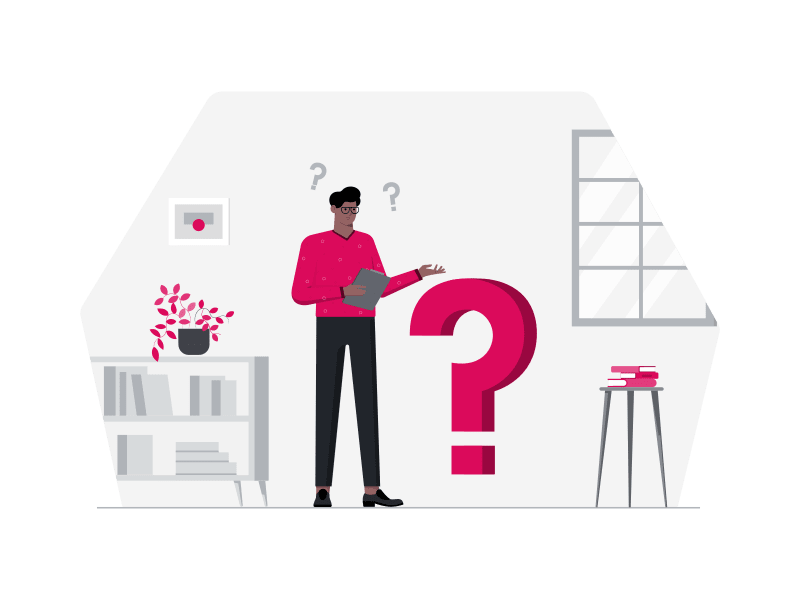I’ve been taking notes while I work for most of my career. While I’ve always found them to be useful, they’ve continued to become even more important to me with each passing year. To give you some ideas of why you might want to consider taking notes, I’ve provided a few examples in this post. Hopefully it will give you some context and ideas for how note-taking might help you.
Why should I take notes?
Fundamentally, taking notes is a way to make it easier to remember things, and also remember the context of those things. For the purposes of this post, I’ve divided types of notes into three main categories: reference info, past work, and future intent.
To remember reference information
Keyboard shortcuts
When I’m learning new keyboard shortcuts or commands for programming tools, it takes a while for me to be able to use them effortlessly. Every time I find a command I think is useful or I think I might use often, I’ll add it to a list so that I can quickly reference it later. Often, I eventually don’t need to go back to the list at all, but being able to look it up quickly as I was learning it was really helpful.
Repeatable steps
Similarly, when I’ve gone through a number of steps to configure something, prepare some process, or set up a debugging tool, I always write down the steps. This makes it easier to repeat them next time. Recording processes in this way can be super useful, because you can turn them into documentation that others can use!
Future Documentation
Anytime you think your reference notes would be helpful for others, you can turn them into documentation! Whether your notes are quick tips on useful shortcuts or a list of complicated steps, you have the opportunity to let everyone benefit from the information you wrote down.
To remember what you did
Starting the week
When a new week starts, it can sometimes be difficult for me to remember what I was doing the week before. Having detailed notes about what I was working on at the end of the week makes it a lot easier for me to reload last week’s context into my memory and continue working.
Meeting notes
Meetings are often focused on making decisions. If those decisions don’t get recorded, it can be very difficult to remember them later. Recording the outcome and reasoning for decisions made during a meeting gives important context when collaborating with others. Taking notes during a meeting is also helpful for anyone that wasn’t able to attend the meeting.
Prior solutions
Another way notes can help is in problem-solving situations. Occasionally, when I’m working on a problem, it seems very similar to something I worked on a while ago. Luckily, I wrote down what I did then, so I can go back and read my notes! Sometimes this can outright solve the current problem, but I at least gain additional insight into the current situation and can guide myself towards my next step.
Accomplishments
A number of companies I’ve worked for have year-end self-reviews as part of their performance evaluation processes. Having specific examples and details about all of the things I did during a year can make filling out my review much easier. Cataloging my accomplishments also provides opportunities for me to personally reflect on the work I’ve done.
To remember what you were going to do
Resuming after interruptions
We’re all very busy and collaborating with each other, and sometimes that means we have to set something we’re working on aside and come back to it later. Getting into the habit of writing things down before I do them means that I have an easier time remembering where I was going when I get back to that particular project.
To-do lists
Another common category of notes is the to-do list! Keeping track of what I was going to do is often just as important as keeping track of what I did. Sometimes I’ll have several ideas for fixing a problem, but I won’t get to try all of them before I have to attend a meeting or help someone else with something they’re working on. Luckily, when I get back to working on the issue again, I know right where I was and what I was about to try because I wrote those potential next steps down.
Asking questions
We often end up with a lot of questions while we’re working on something. Sometimes those questions can be answered by reading through code, or searching through documentation, but not always. When you write down the questions you have, you can help direct your thoughts towards potential solutions. If you asked someone else for help, you can also write down who you talked to, so that you remember which of your coworkers has insight into specific portions of the work. Additionally, the answers to any particularly useful questions can be turned into documentation!
Aspirational ideas
Anytime you have an idea for something, it’s a good practice to write it down. Even if it turns out to be less useful than you initially thought, even if you never have time to get around to it, you’ll at least have a record of it and have the option to return to it later. I make a habit of writing down ideas for potential tools, refactorings, process improvements, presentations I’d like to give, and more.
How should you take notes?
There is no universally helpful technique or process or system for taking notes. Take notes however you want to, in whatever way works best for you! Whether they’re handwritten or digital, markdown or text or HTML, use whatever method or pattern or tool works well for you and doesn’t get in your way. I recommend finding a process that is as easy as possible without interrupting what you’re actually working on. The easier it is to take the notes, the more likely it is they’ll get written down. My process started as just one big text file, separated into sections by date. It’s a little more involved now, but I’m still focused on making it as unobtrusive as possible. Notes should help you, not get in your way!
I’m avoiding the specific implementation details in this post because I think that they have the potential to constrict what you come up with for yourself. If you are interested in the file and folder layouts and specific process I use, I’ll be writing a separate post about that soon.
I think a work journal could be really useful, but that’s up to you. I hope this information has been helpful, at least, and has provided you with some ideas about how to start or improve your note-taking process.
















Top comments (2)
Interesting article, thanks for sharing Jae!
What type of tools do you use to take notes? Classic pen and paper?
While I enjoy pen and paper, searching through old notebooks is usually too time-intensive for me, so I'm mostly using digital tools these days. I used OneNote for a long time, but recently I've been using Foam (foambubble.github.io/foam).